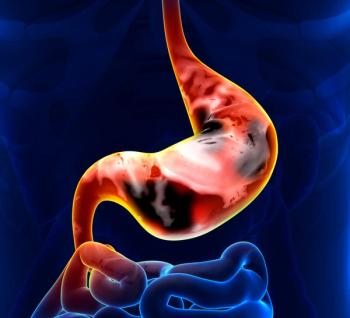
EHR Templates May Boost Adoption of Survivorship Care Plans
Using EHRs to generate survivorship care plans has the potential to expand use of the plans and improve coordination of follow-up care among oncologists, survivors, and primary care physicians, according to a recent study.
Using electronic health record (EHR) systems to generate survivorship care plans has the potential to expand use of the plans and improve coordination of follow-up care among oncologists, survivors, and primary care physicians (PCPs), according to a recent study.
“Survivorship care plans can be rapidly created and delivered entirely within an EHR,” said researchers who conducted a pilot study of breast cancer survivors at the University of Wisconsin (UW) health system. “This template can be quickly prepared within the EHR via autopopulation of data and is visible to the entire health care team.”
In the study, published online Feb. 11 by the
The Institute of Medicine and others, including the American Society of Clinical Oncology (ASCO), have recommended that all cancer patients receive survivorship care plans from their oncologist at the end of treatment. However, the plans, which detail the patient’s diagnosis, treatment summary, and recommendations for long-term follow-up, have been slow to take hold due to the significant time and resources needed to create them.
Electronic systems offer a potential solution to those barriers, according to ASCO.
“One important issue to address is better integration of treatment plans and summaries into electronic health records,” said a 2013 ASCO
In the JOC study, care plans based on a breast-specific template were automatically populated with existing data from patients’ EHRs, such as type of tumor, previous mammograms, lab orders, and contact information for providers. The final template, consisting of an introduction, treatment summary, follow-up plan, and glossary of terms, is visible to anyone on the care team with access to the EHR-including oncologists, PCPs, and other providers-and accessible by patients via a Web-based portal.
However, extra staff and physician time was required to review or revise the plans for accuracy and ensure that treatment summaries were continuously updated, the authors noted. In addition, many of the IOM-recommended care plan elements could not be imported automatically and had to be copied and pasted from clinician notes, which raised concerns about potential errors.
The EHR-generated plans also did not incorporate older data or records housed at other institutions.
“The EHR cannot directly import information from other facilities or data from before its implementation,” researchers wrote. “This poses a serious problem in creating fully automated care plans, because patients may receive care from multiple facilities. Current state or health care organization policies as well as the variety of EHR systems may hinder automatic importation of data between health care systems.”
The pilot demonstrates that rapid creation of care plans is possible using electronic systems, and that more research is needed on how to make the process more efficient, researchers said.
“Our plans required relatively little time to create and were rated as useful by survivors,” researchers said. “However, most data still require a human user for interpretation and importation. Further research and effort are required to explore the barriers to automating care plan creation.”
Newsletter
Stay up to date on recent advances in the multidisciplinary approach to cancer.


















































































